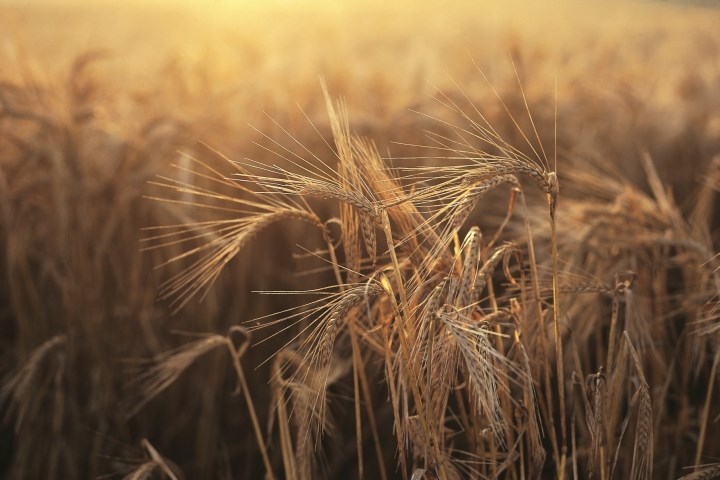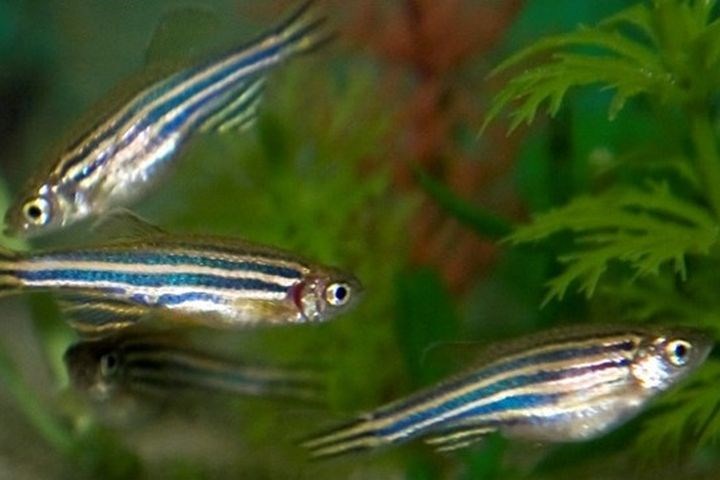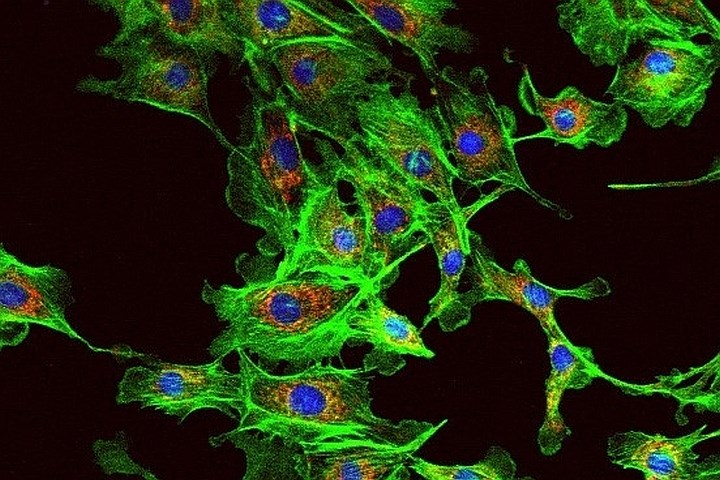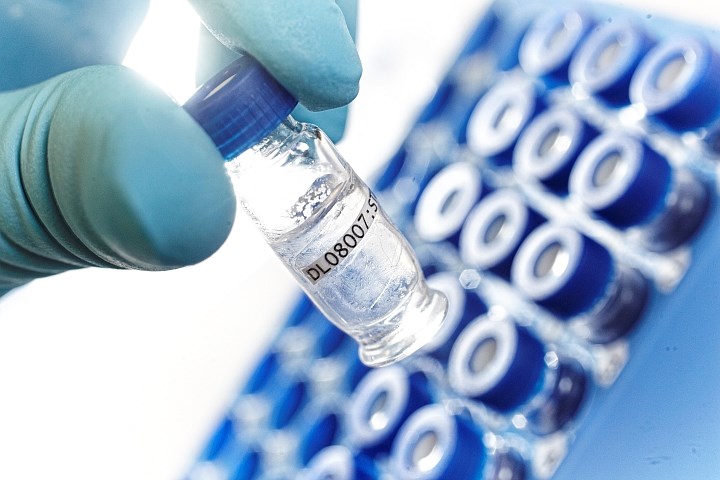Biology
Advancing understanding of living systems through education and research
To increase the impact of our research, we advance the understanding of biological mechanisms from molecules to living systems. We integrate fundamental sciences to explore the complexity of organisms and their interactions with their environment using interdisciplinary approaches. Therefore, our research prioritizes the impact of environmental stressors, such as contaminants and climate change, on model organisms and ecosystems, combining molecular, biomedical, and ecological perspectives.
About
Subject information
Contact
Research domains
- Science
Areas of research
- Cell biology
- Ecology
- Physiology
- Genetics
- Immunology
- Microbiology
- Environmental Science
- Molecular biology
- Toxicology
- Developmental Biology
In Biology, our main research areas include:
- Environmental and Human Health – Investigating the impact of pollutants on environmental and human health, including exposure routes, toxicological effects, and links to various diseases.
- Molecular and Cellular Mechanisms – Exploring the molecular basis of physiological processes involved in acclimation and responses of various organisms to environmental stressors.
- Ecological and Evolutionary Processes – Studying plant-soil-microbe interactions, carbon cycling, and the role of adaptation and acclimation in maintaining ecosystem functionality under changing environmental conditions.
- Microbiological Processes and Applications – Understanding the effects of pharmaceutical contamination on microbial systems and developing probiotic-based approaches to prevent infections and inflammatory diseases.
We apply cutting-edge technologies, including omics, high-content imaging, and molecular and bioanalytical methods in combination with various model organisms. Our research is highly multidisciplinary, and we are expanding the use of AI-driven data analysis to enhance our ability to detect patterns in large-scale environmental and biological data. Strengthening collaborations with industry, policymakers, and international research networks will ensure that our findings translate into innovative pollution mitigation strategies, improved regulatory frameworks, and sustainable solutions for biodiversity conservation and public health.
Researchers
- Andi Alijagic
- Magdalena Andersson
- Håkan Berg
- Yared Bezabhe
- Johanna Björklund
- Eva Edin
- Alf Ekblad
- Magnus Engwall
- Manon Fallet
- Lara García Campa
- Ulf Hanell
- Jana Jass
- Steffen Keiter
- Hazem Khalaf
- Lina Lundin
- Carina Modig
- Luis Morales
- Per-Erik Olsson
- Ingrid Rijk
- Nikolai Scherbak
- Erica Selin
- Erik Sjöstedt
- Jörgen Stenlund
- Adam Tillo
- Tao Zhao
- Denisa Avdouli, PhD student
- Yared Bezabhe, PhD student
- Ulf Hanell, PhD student
- Greta Nilén, PhD student
- Berkay Paylar, PhD student
- Marina Ricarte, PhD student
- Gladys Sergon, PhD student
- Jonas Zetzsche, PhD student
Research projects
Active projects
- Androgen Receptor Mediated Gene Regulation
- BALANCE - Treatment of low-contaminated soil with biochar produced from organic waste for sustainable resource use and circular economy
- Biochar application for pollutant stabilization and ecological restoration of contaminated land in Sweden
- BioLearning - Using bioindicators, biomarker profiles and machine learning to improve water quality analysis
- Biological responses to pharmaceuticals and antibiotics in the environment
- Cell Painting: a novel tool in toxicology (CPTox)
- Characterizing probiotic Lactobacillus bioactive compounds
- CoLiBRI - Cobalt and Lithium speciation, toxicity, and Bacterial community Regulations at the sediment-water-Interface
- CoSMOSMiTE - Comprehensive Screening of Metabolites in Organisms on Space Missions for Technological Exploration
- Deciphering the co-effects of response to climate changes and perfluoroalkyl substances on the zebrafish
- Ectomykorrhizal mycelium - its production and turnover and importance for the soil carbon storage
- Effect-based strategy for identification and assessment of potential health effects of hazardous organic chemicals in indoor environments
- Effects of light quality on plant acclimation and production of tree seedlings
- Fish & Cocktails
- Generation and persistence of novel antibiotic resistance in bacteria
- Identification of viral RNA sequence determinants and viral/cellular proteins involved in regulation of flavivirus replication: implications for vaccine design
- Identifiera: Identification of toxicity driving polycyclic aromatic compounds (PAC s) for improving environmental risk assessment of contaminated sites
- Influence of lactobacilli on expression of key proteins involved in miRNA biogenesis
- Kolisotopfraktionering under skogsväxters och markorganismers respiration
- Laktobakterier som produktions- och leveranssystem för rekombinanta orala vacciner
- MicroSens - Improving the sense of taste by altering oral microbiota
- Mixture-Risk
- NanoSafety2
- NANOSIGN
- PAC-Risk
- PFAS-Risk
- Photoreceptor interactions in plant perception of ultraviolet and blue light
- Plant responses to ultraviolet radiation and blue light: from perception to crop production
- PLASTIC-Risk
- RESPONSE - Towards a risk-based assessment of microplastic pollution in marine ecosystems
- SEASON - Seasonal variation of the fate, availability, and toxicity of priority pollutants at the sediment-water-interface
- Sex Determination and Differentiation
- Study of the effects of perfluorooctanesulfonic compounds (PFCs) on fatty acid metabolism during avian development
- The status of ecosystem functions of polluted lands assessed in situ using plant, soil and microbial indicators
- Transgenerational Effects of Pollutants
Completed projects
- APPLICERA: Applicable site-specific environmental risk assessment of contaminated soils
- Avian developmental toxicity of perfluorochemicals: species sensitivity differences and mechanisms of action
- Bioanalytical screening of POPs in otters
- Bioanalytical studies of soils and sediments
- BioImpakt - Biological impact of persistent perfluorinated compounds
- Biokol - Från organiskt avfall till resurs för nyttiggörande av jordavfall
- BIOSLUDGE - Biological effects of sewage sludge
- Chemical and toxicological characterisation of PAHs and related compounds in road dust
- CleanSea
- Development Of Site-Specific Environmental Quality Analysis (DOSE)
- Environmental Health Diagnostics (EHD)
- EPHEMARE - Ecotoxicological effects of microplastics in marine ecosystems
- Food and health in educational contexts
- Interactions Between Metallothionein and p53: Potential Role in Tumorgenesis
- NanoSafety1
- Occurrence of microplastics in Sweden's great lakes
- Plastic pollution - chemical risks for marine ecosystems
- Plasticizers: Immune and Metabolism
- Probiotic Lactobacillus modulation of cellular immune responses
- SOILEFFECT: Development of bioreporter-based survey and health risk assessment of toxic chemicals in contaminated areas
- SOILTOX: processoptimering och innovation av marksaneringsmetoder med hjälp av bioanalytiska toxicitetstester
- Sustainable food production in Sweden - the potential of agroforestrysystems
- SYNERGY - Determination of site-specific biological effects of exposure to complex mixtures
- Thyroid and Brain






